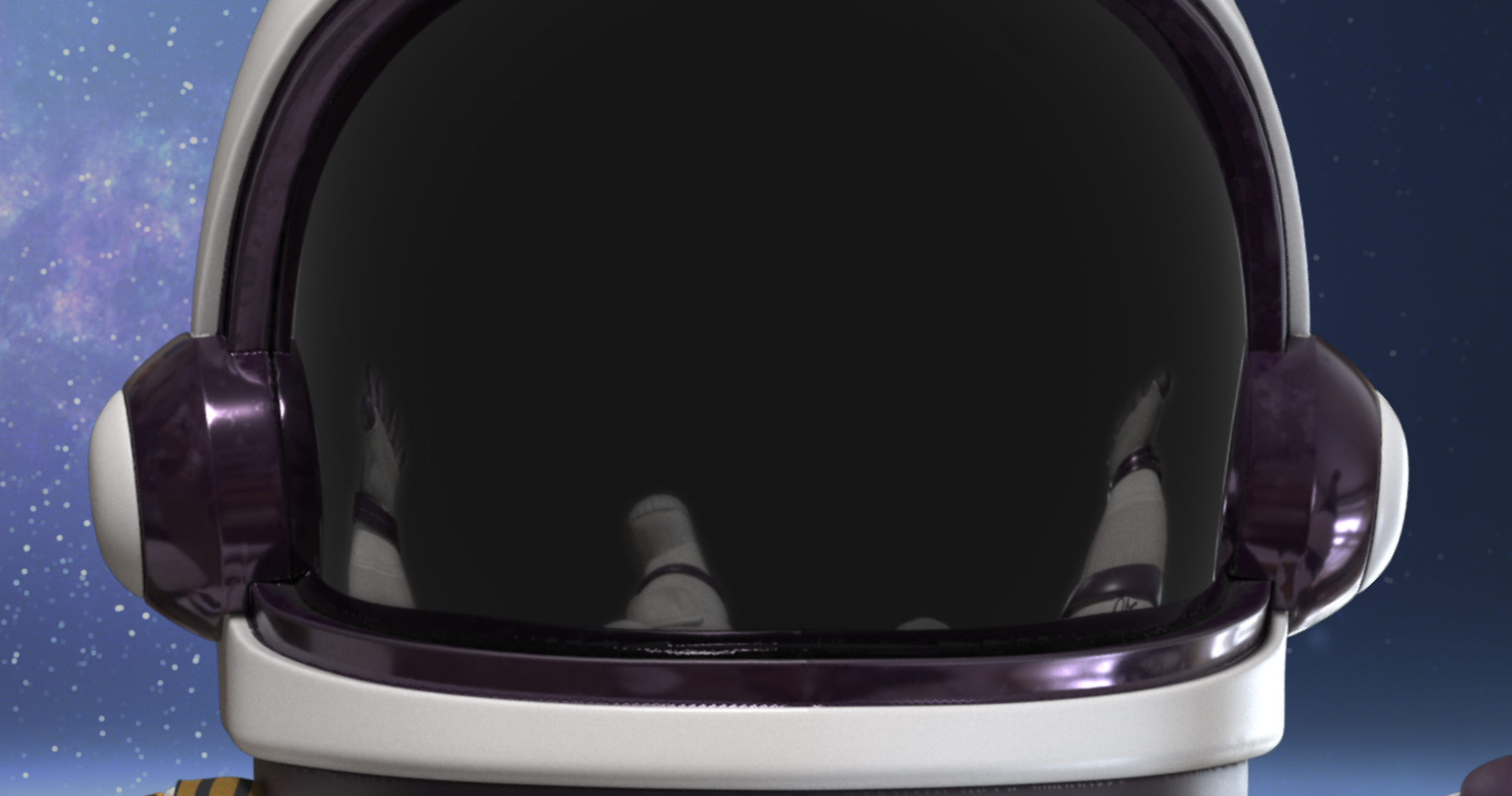



 Tom Gathercole
6 min read
Tom Gathercole
6 min read
.jpg)
There’s a perception in our industry that B2B marketing is a little bit boring and beige in comparison to the bright lights of B2C.
It’s one that I share as I struggle to think of many truly memorable B2B campaigns that hit the mark creatively.
Is that just because I find it easier to relate to consumer-focused campaigns? Obviously, on a personal level, I’ll always be more interested in an ad for a sports brand than one for business insurance.
It would appear, however, that my hunch is correct. There’s a shed load of clever research to suggest that B2B does struggle to sit happily with creativity.
For example, ad effectiveness gurus System1, in collaboration with LinkedIn’s B2B institute, tested 1,600 B2B ads across a sample of 6m people and found that 77% of B2B ads score 1 out of 5 for creative effectiveness. Compare that with around half of B2C ads.
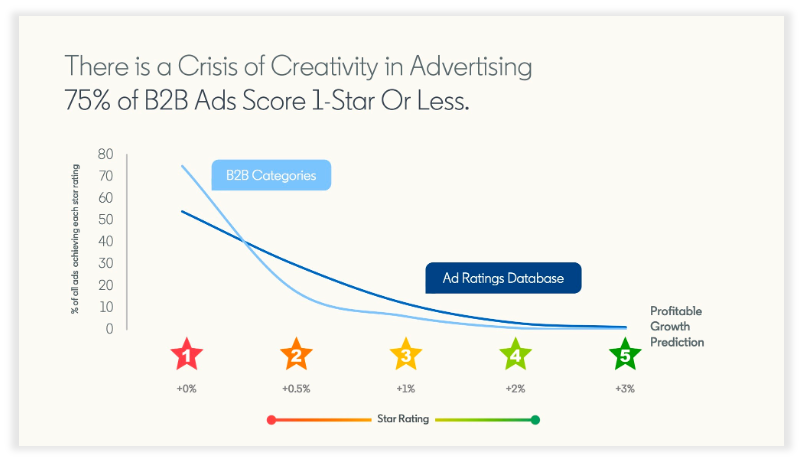
The thing is, as an industry we’ve got a pretty good grasp of what makes an effective ad. Data from 20 years of IPA effectiveness case studies show us that emotionally-led creative drives more positive business effects than rational advertising.
And yet still B2B marketers are almost twice as likely to rely on ‘rational’ product-centric creative than their peers in B2C.
This is driven, in part, by B2B's focus on short-term sales goals. According to LinkedIn data, B2B marketers only spend around 8% of their budgets on long-term brand awareness objectives. Not quite what Binet and Fields had in mind…
It’s easy to see why. B2B organisations are rarely marketing led. Instead, sales or technical teams often shout loudest. The common B2B belief that product trumps brand means that creativity gets dumped.
And yet research tells us that distinctive, entertaining and emotionally-led creative makes customers more likely to pay attention to an ad, purchase a product and pay a premium.
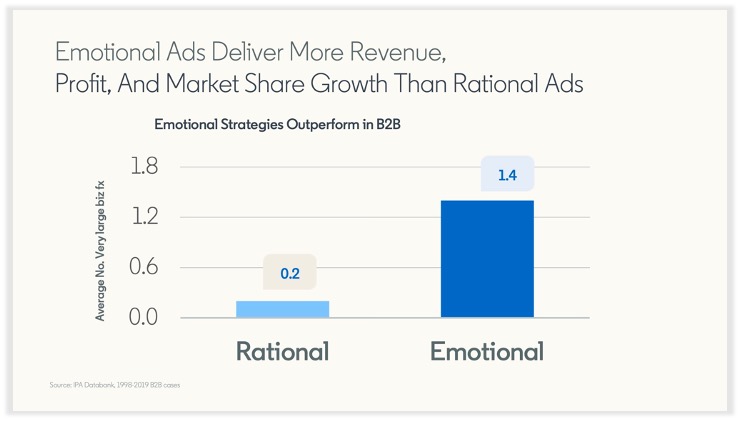
Marketing buzz-word alert – Mental availability… 🙄
Important though, especially for B2B. The idea that distinctive, memorable creative is more effective, because we’re not always in the market for the product that is being advertised. Research suggests that for most B2B businesses only 5% of their audience are in the market for their product at any one time.
Therefore, too much focus on short term objectives could be ineffective. There needs to be a balance.
When customers are eventually in the market, they will gravitate towards brands that they remember. Those brands that have communicated effectively, maximising their ‘mental availability’ so that they come to mind more easily in different buying situations.
Therefore, the brand that gets remembered is the brand that gets bought. You only get remembered by being distinctive. Deliver wallpaper and you don’t.
Here’s a classic B2B example that was undoubtedly distinctive.
Given this brief, I reckon 99% of B2B organisations would have run beige, uninspiring advertising pumped full of rational product messages. The ad would have had zero creative effectiveness, and the brand would be reliant on outspending the sector to cut through.
What the team behind this observed is, like many B2B audiences, the number of influencers in the decision-making process is varied and complex. From drivers all the way up to CEOs. So rather than trying to hit all those different stakeholders with specific messaging, running an ad like this can maximise awareness amongst a broader audience of people who influence sales.
Humour works in advertising. We only have to look at some of the most effective and awarded campaigns in B2C to tell us that.
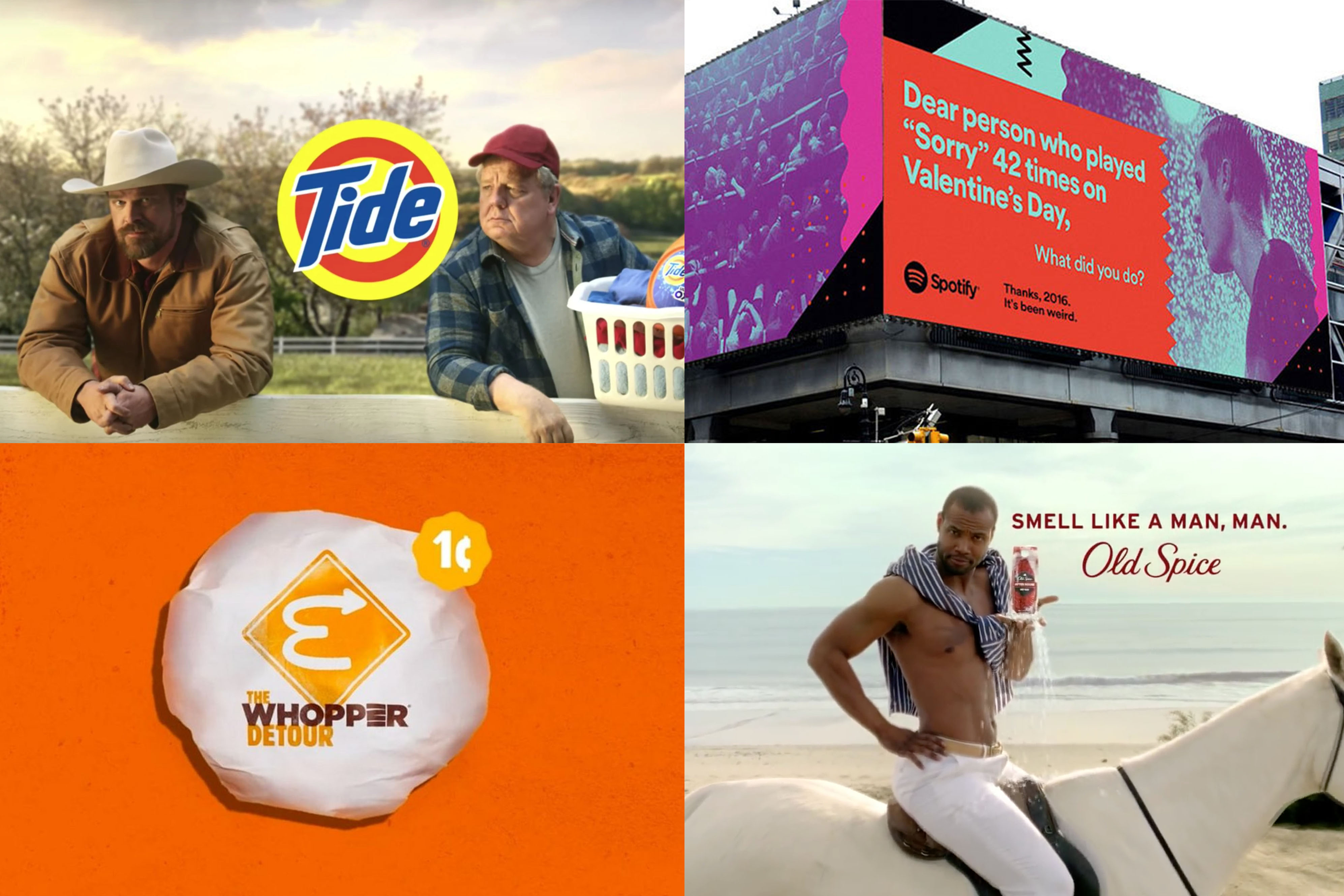
Why is humour effective?
And there’s research to back it up. Kantar’s AdReaction study has shown that humour is the most powerful creative enhancer of receptivity. While half of their Creative Effectiveness Award winners used humour in some form.
It’s a tough one to nail in a B2B space, and therefore understandably rarely used. However, further research suggests 48% of B2B decision makers find B2B advertising boring, while 82% wish that B2B advertising had the creativity associated with B2C advertising. So, if a brand has licence to inject humour into its campaigns, then it can play a powerful role in driving effectiveness.
We are hardwired to respond to humour, and that provides a bigger opportunity for brands to stand out and build preference: the ultimate goal of branding. Humour doesn’t just help a brand stand out, it gets you in the gut.
We know from the earlier IPA study that emotional advertising is more effective than rational advertising. But B2B marketers are twice as likely to rely on rational, product-centric creative than their peers in B2C.
The problem is we underestimate the amount of emotion tied up in B2B decisions. B2B marketers often believe their customers are consumed with pricing and technical specifications, and their decisions are made objectively. In reality, we aren't as rational as we’d like to think; Harvard Business School has shown that 95% of our decision-making is subconscious. So, when we purchase a product or service, more often than not, it's emotion that drives our decision.
For B2B decision-makers the stakes can be high; If I buy a snack from the shop and it was a bad decision I throw it in the bin, I’ve lost a quid. If I’m procuring insurance on behalf of my organisation and I don’t get it right, the consequences are far greater for me personally, and for those I work with.
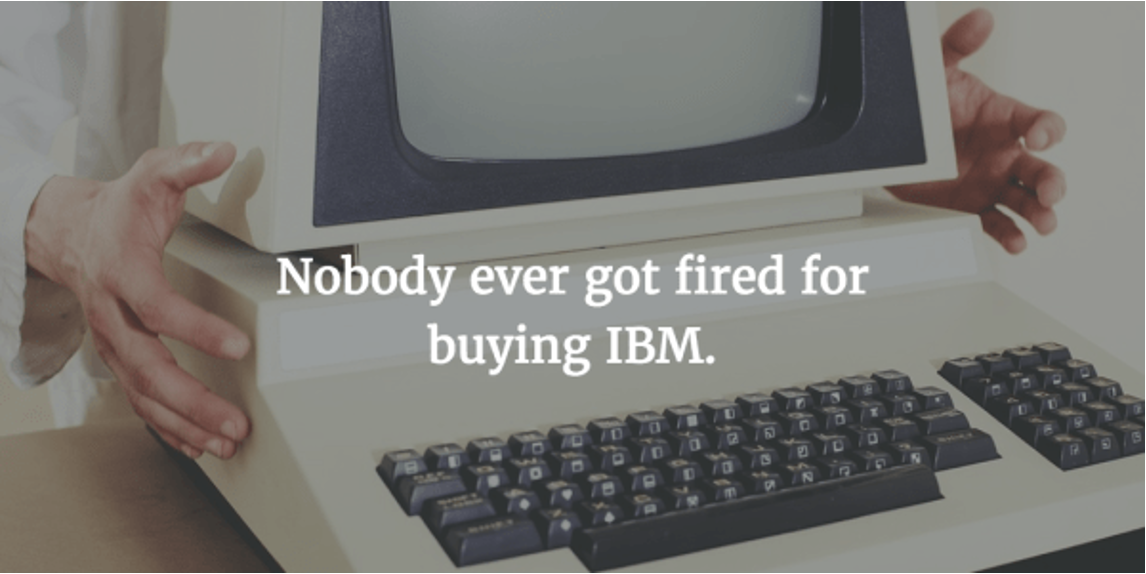
Emotions are the fastest way to deepen memory structures that guide how we make purchasing decisions through triggering distinctive memory associations…. The power of storytelling and emotional connection should therefore not be underestimated.
There’s a clear link between creativity and effectiveness. Most B2B businesses just haven’t caught up yet.
It’s a super-tough gig for B2B marketing teams. Getting stakeholders to buy into the value of creativity isn’t easy. The ‘product delusion’ is widespread and getting budgets signed off for longer term, harder to measure, brand building objectives is a tough task.
Ultimately, it’s our job as a creative agency to point marketing teams in the right direction and support them in making the case for creativity.
...Then we'd love to share more perspectives with you. Click below to download our unique quarterly magazine for the latest insights on all things brand and marketing in the Built Environment.
